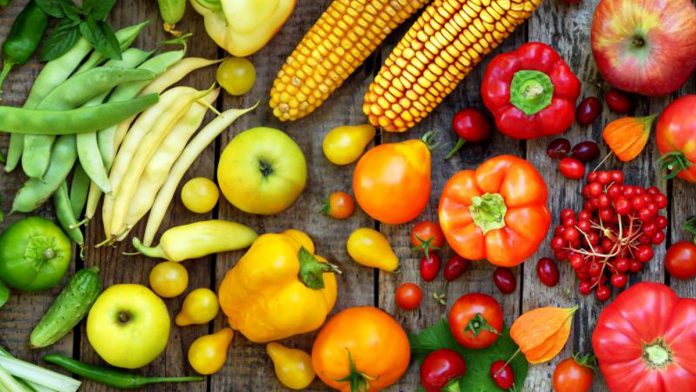HARARE, Zimbabwe – In southern Africa, good quality arable land and water are running out.
This, combined with climate change, which could leave another 50 million hungry by 2050, requires wider adoption and intensification of innovative food production – growing more with less.
But it must be sustainable, involving more prudent use of inputs, lower greenhouse gas emissions, and growth in natural capital and resilience, according to a report by Zimbabwe’s New Ziana agency.
With more than 70 per cent of Zimbabweans depending primarily on agriculture for their livelihoods, smallholder farmers are important towards meeting both household and national food security.
But if they are to meet these ambitious targets, improving their access to modern farming information and technologies will be vital. Indeed, sustainable intensification – achieving bigger and better harvests on small land – should now be the basis for all investments in farming, both big and small.
But this requires more than just inputs and technologies. To find innovative, sustainable farming strategies that address the challenge of growing more with less and take a broader approach to system intensification (including Conservation Agriculture elements, soil fertility, integrated pest management, and diversification), Zimbabwe is partnering with national, regional, and international institutions.
Through the sustainable agriculture approach, smallholder farmers in the country are increasing their capacity to adapt to climate variability through the application of sustainable intensification practices.
The government and its partners have been working with farmers to help them apply Conservation Agriculture practices, such as crop residue retention, mulching, and minimum soil disturbance to simultaneously boost yields and protect the environment.
Not only are these practices reducing soil degradation and improving soil moisture levels and carbon capture, but they are increasing maize yields. Many Zimbabweans rely on maize for their staple food called sadza or isitshwala — a thick porridge covered in relish before being eaten. Maize mono-cropping practices have compounded the problem of soil fertility depletion and food and income insecurity in the country.
In response, the government has encouraged diet and income diversification through cultivation of multiple crops. A first step towards food and nutrition security is a diversified farming system. In addition to maize, and different types of pulses, Zimbabwean farmers have vegetable crops, fruit trees, and livestock on their farms.
The intensification and stabilisation of rain-fed maize-cropping systems offer considerable promise for boosting productivity, improving food, feed, and nutrition security, and helping reverse the continuous decline in soil fertility.
Also, the government has been working with partners to roll out climate-smart technologies, which include Conservation Agriculture and other Conservation Agriculture-based intensification options. The cropping systems Zimbabwe promotes can be labeled as climate-resilient, according to the United Nations Intergovernmental Panel on Climate Change.
Zimbabwe is now food secure after achieving bumper maize and wheat harvests in the last few cropping seasons. The agriculture sector has grown since 2018, positively responding to deliberate interventions across various crop and livestock value chains.
In the 2020-2021 cropping season, the country achieved 2.7 million tonnes of maize and 375,000 tonnes of wheat in the 2021-2022 cropping season. Zimbabwe has an annual requirement of about 2.25 million tonnes of maize-1.8 million tonnes for human consumption and 450,000 tonnes for livestock.
The African country will focus on bringing Conservation Agriculture to even more farmers. Collaborative work with farmers, non-governmental organisations, universities, and agribusiness is expected to improve the country’s maize productivity and reduce expected yield risk by the year 2030. – Bernama













